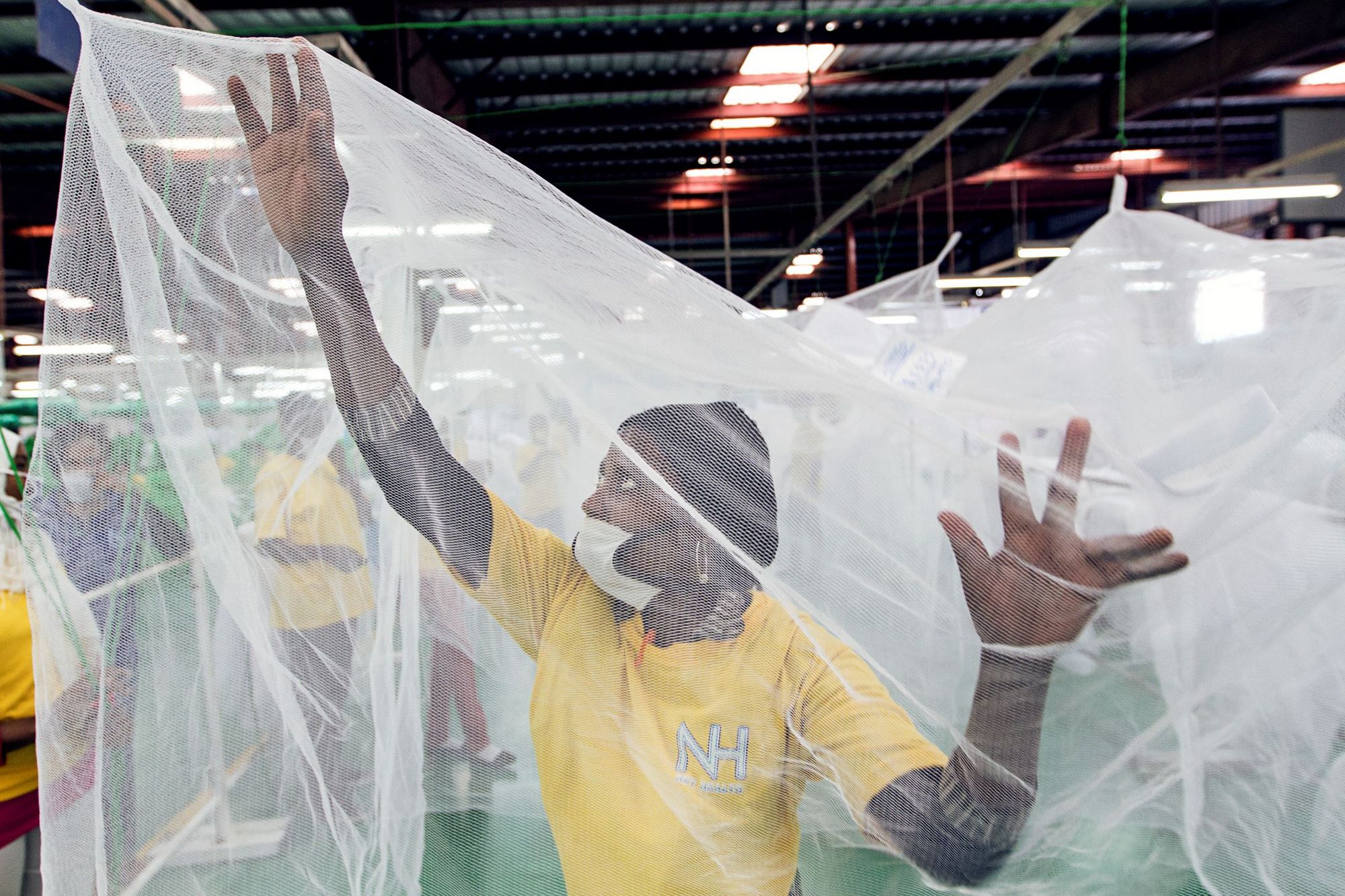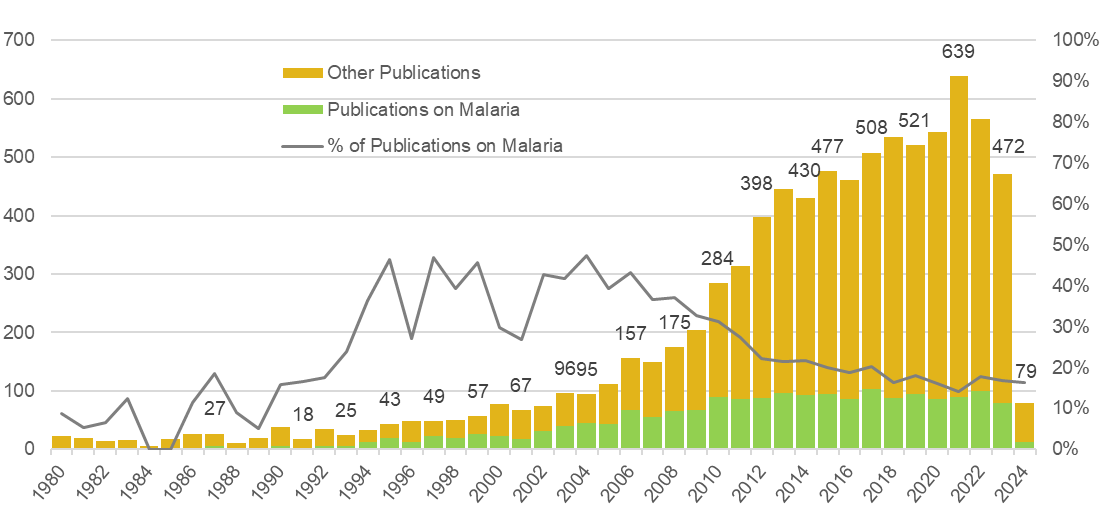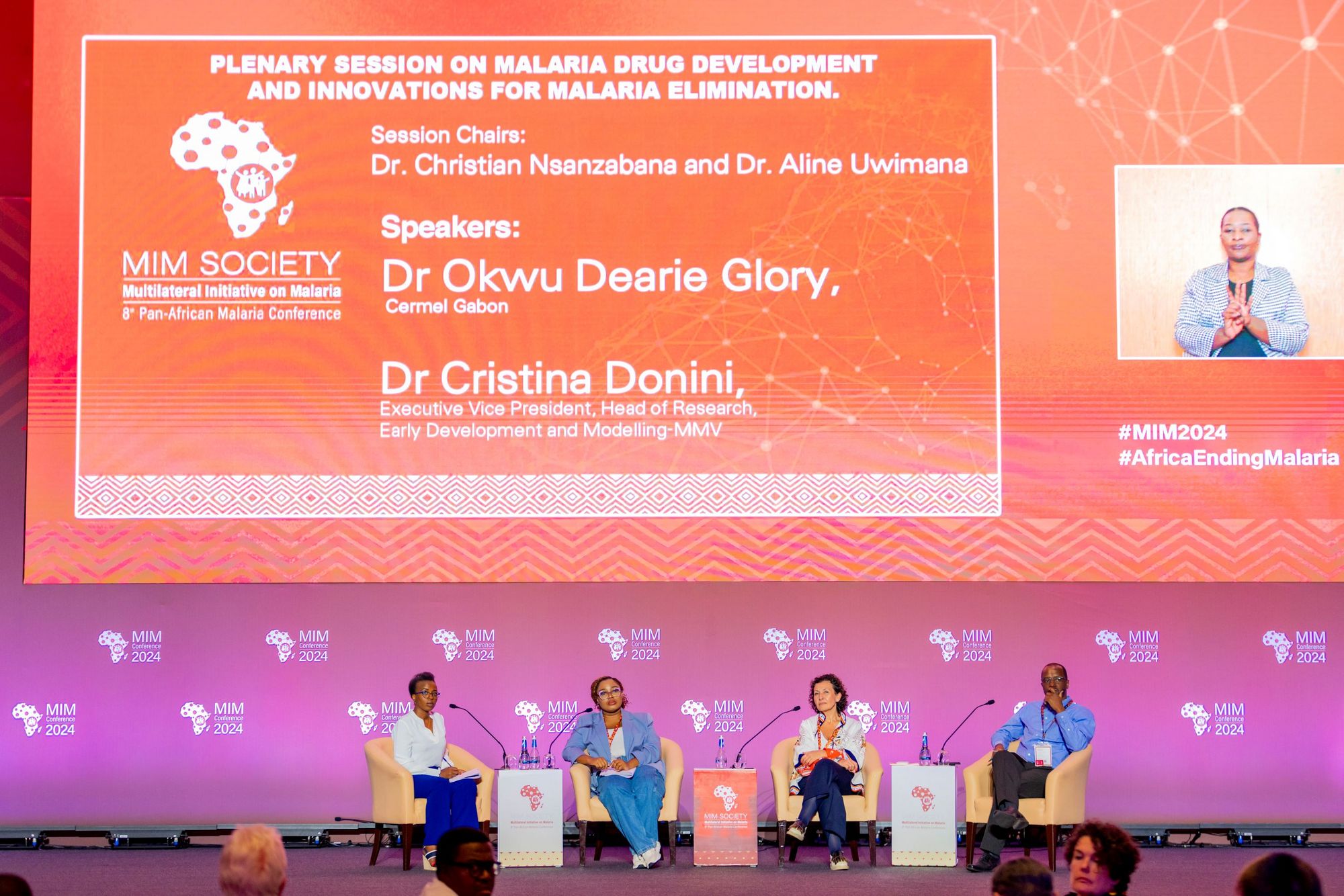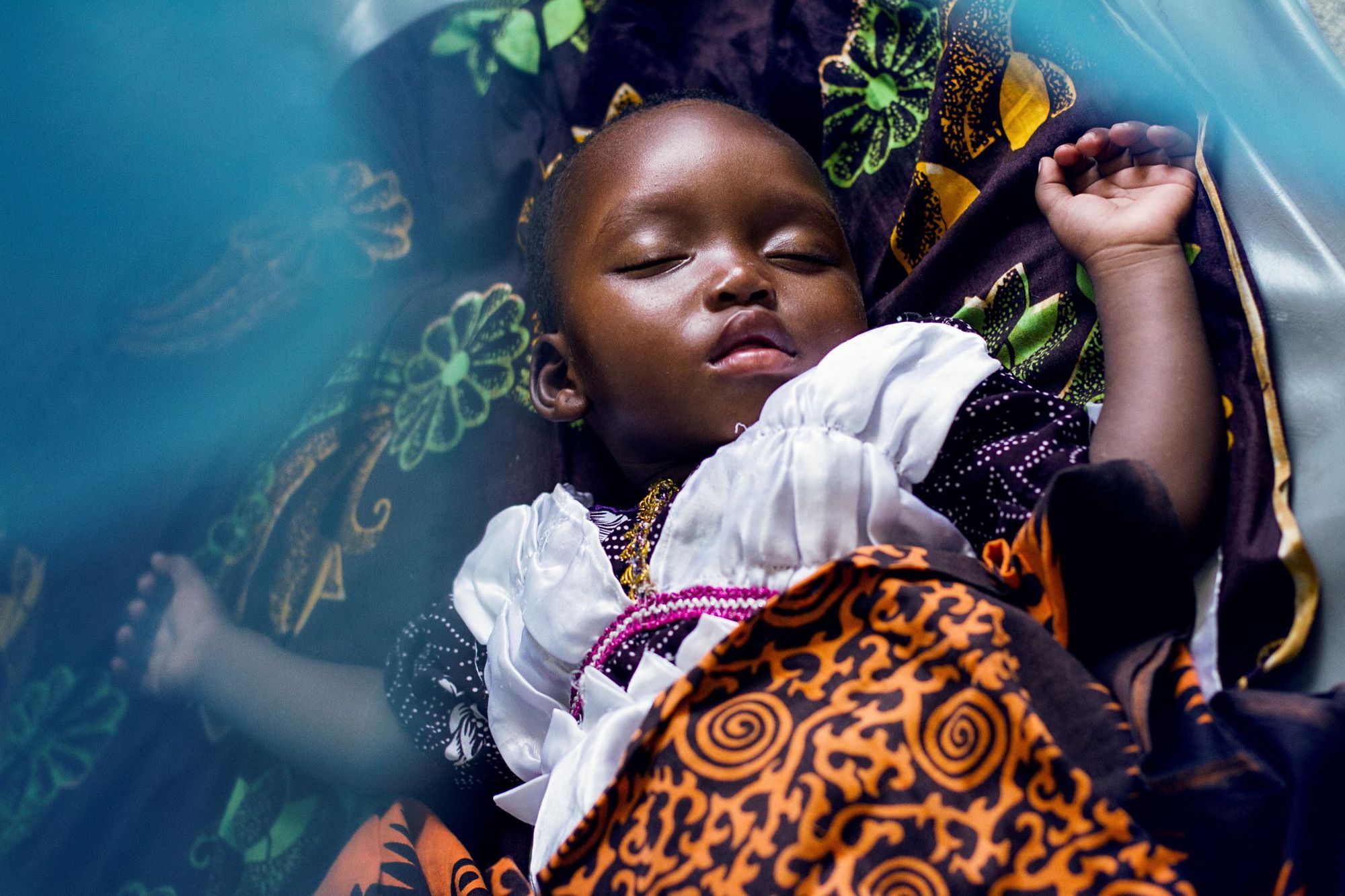Let me just share two examples, which show that progress is possible when people across cultures, sectors and systems work together to translate research into action and make a difference.
The first example stems from basic research, where the Swiss Tropical and Public Health Institute (Swiss TPH) has made significant contributions over the past decades. Just recently, Swiss TPH, together with the Griffith University’s Institute for Glycomics, shed light on how the most deadly of the malaria parasites, Plasmodium falciparum, invades human blood cells. The researchers discovered that a sugar called sialic acid plays an essential role for the invasion process. [1] Indeed, they identified a specific receptor-binding site on the P. falciparum protein, which, in turn, can impede parasite growth. These findings have important ramifications and offer an attractive target for malaria vaccine and drug development.
From innovation to application
Yet, we do not stop in the lab: Swiss TPH and its partners work along the entire value chain from discovery and innovation to application. The second example focuses on successfully scaling up a proven intervention.
In the 1990s, the Kilombero Valley in the south-eastern part of Tanzania was among the world's worst malaria-endemic areas.[2] A partnership between the Ifakara Health Institute (IHI), Swiss TPH, the Tanzanian government and the Swiss Agency for Development and Cooperation (SDC) developed and implemented a large-scale insecticide-treated bed net campaign. The impact of this intervention was notable: children who slept under a bed net had a 27% lower risk of dying.[3] By the end of the project in the late 1990s, about 50% of the children in the Kilombero Valley were protected by a bed net. More than 20 years later, it was confirmed that children who slept under a bed net from an early age were much more likely to reach adulthood.[4]
In 2000, Swiss TPH researchers and national partners worked with the Tanzanian Ministry of Health to establish a national bed net distribution programme. In the following years, the programme developed rapidly and became a national programme in 2010. Since its inception, more than 100 million bet nets have been distributed, covering about 60% of the population. It is estimated that the programme has prevented around one million child deaths to date.

Malaria is most researched disease at Swiss TPH
Progress over the past decades has also been achieved on many other fronts, from basic research, development and validation of new diagnostics, drug and vaccines, all the way to integrated control and elimination programmes.
A detailed analysis of Swiss TPH’s research output over the past 45 years reveals that, since the mid-1990s, malaria is the single-most researched disease at Swiss TPH, with 50 to 100 papers published every year, thus contributing to around 20% of the total peer-reviewed publications.

Make malaria history
Yet, we cannot afford to rest on these laurels. Hence, I am delighted that around 30 colleagues from Swiss TPH are currently attending the Multilateral Initiative on Malaria (MIM Society) 8th Pan-African Malaria Conference in Kigali, Rwanda, to shape the future strategies of malaria control and elimination.
This worldwide biggest conference on malaria is an important platform for researchers, policy makers, and innovators to come together and deliberate on effective strategies, share research findings, and discuss the challenges and efforts of controlling malaria on the continent.

The conference underscores the importance of locally driven research and development and the power of collaboration. Together, we can make malaria history!
